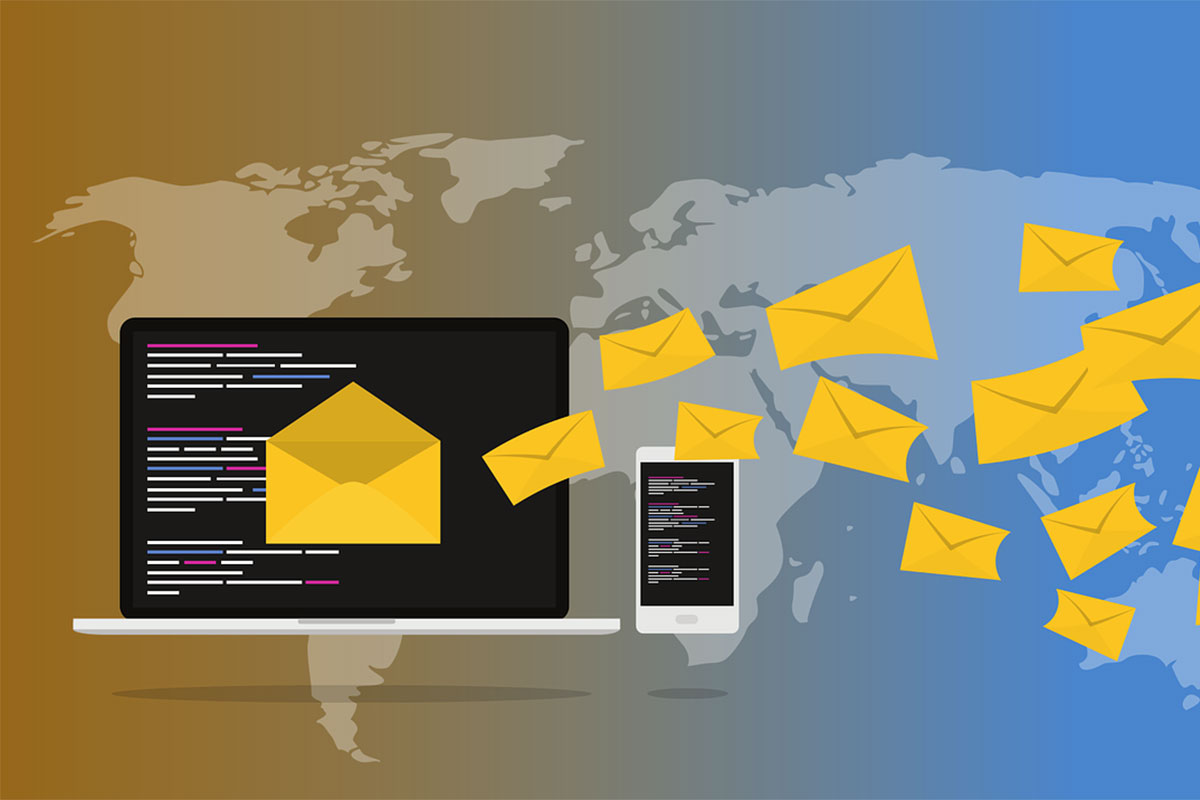Embarking on your first email marketing campaign can seem overwhelming, but a methodical approach and strategic planning can pave the way to success. This guide walks you through each stage of the process, emphasizing the significance of an HTML email template as a key component of your campaign.

- Understanding the Basics of Email Campaigns
– The Importance of Email Marketing: Email marketing is one the most effective tools in the digital landscape, it offers direct & personal communication with your audience.
– Defining Your Goals: The first step in developing an email campaign is to clearly define your objectives. Whether it’s boosting sales, introducing a new product, or strengthening customer loyalty, having a clear goal sets the direction for your campaign.
- Planning Your Email Campaign
– Email Campaign Planning: Essential to any campaign is a solid plan. This involves knowing your target audience, selecting the right content, and deciding how often to send your emails.
– Choosing the Right Tools: The effectiveness of your campaign hinges on the email marketing software you choose, which should cater to your campaign’s management needs.
- Crafting Your Content: The content of emails must be interesting, relevant and valuable as well. It is not just about selling, but it is also about creating content with which your audience can relate.
– HTML Email Template: A well-crafted HTML email template is crucial for enhancing your emails’ visual appeal and professionalism, offering both creative flexibility and design consistency.
- Steps in Developing an Email Campaign Include:
– Building Your Email List: Begin by compiling a list of email addresses from potential customers interested in your products or services.
– Designing Your Email: Utilize your HTML email template here. Make sure your design is responsive and visually appealing across all devices.
- Testing and Launching Your Campaign
– A/B Testing: Test different aspects of your email, such as subject lines, email content, and send times to see what works best with your audience.
– Launching Your Campaign: Once you’re satisfied with the testing results, it’s time to launch your campaign.
- Analyzing and Improving
-Monitoring and Evaluation: Keep a close eye on the performance of your email campaign by utilizing analytics tools. Pay attention to metrics like open rates, click-through rates, and conversion numbers.
– Ongoing Refinement: Remember, email marketing isn’t a one-and-done activity. It’s a continuous cycle. Use the data and insights gathered from your analytics to make ongoing enhancements to your future campaigns.
Key Elements of a Successful Email Campaign
- Crafting content that captivates and holds the attention of your audience is crucial. It should be relevant, informative, and aligned with their interests.
- Utilize a responsive HTML email template to ensure your emails look great on any device, enhancing readability and user experience.
- Each email should have a clear, concise call-to-action (CTA) guiding readers on the next steps, whether it’s making a purchase, signing up, or learning more.
- Personalize emails based on subscriber data to make them feel more relevant and tailored to each individual, increasing engagement rates.
- Regularly conduct A/B testing on various elements of your emails, like subject lines or CTA placements, to understand what resonates best with your audience.
5 Steps to Launch Your First Email Campaign
- Identify Your Campaign Objective: Clearly define what you want to achieve with your campaign, whether it’s increasing sales, generating leads, or boosting engagement.
- Create an Engaging Email Design Using an HTML Email Template: Design your email with an attractive and functional HTML template that reflects your brand and message.
- Build and Segment Your Email List: Compile your email list and segment it based on factors like demographics, past behavior, or preferences for more targeted messaging.
- Conduct A/B Testing for Key Elements: Test different versions of your email components to see which ones perform better in terms of open rates and click-through rates.
- Analyze and Refine Based on Performance Metrics: Use metrics such as open rates, click-through rates, and conversion rates to analyze the performance of your campaign and make necessary adjustments for improvement.
To create a successful email campaign, it’s crucial to connect with your audience beyond just promoting your product. This connection forms the foundation for lasting customer relationships. In today’s information-saturated world, personalizing your emails is key to increasing engagement and conversions. A responsive HTML email template is invaluable for ensuring visual appeal and compatibility across various devices and email clients, particularly important in a mobile-dominated era. Consistency in your campaign is essential, reflecting your brand’s voice and values in every aspect, from content tone to design. Maintaining a regular email schedule is important to engage your audience without overwhelming them. Enhance engagement by adding interactive elements like polls, surveys, and clickable content. Finally, the role of analytics is paramount in email marketing. Tracking open rates, click-through rates, and conversions provides insights, allowing you to continuously refine and optimize your campaigns, making them more effective and relevant. Remember, understanding how to make an email campaign is about building a connection and ensuring consistency and personalization.









